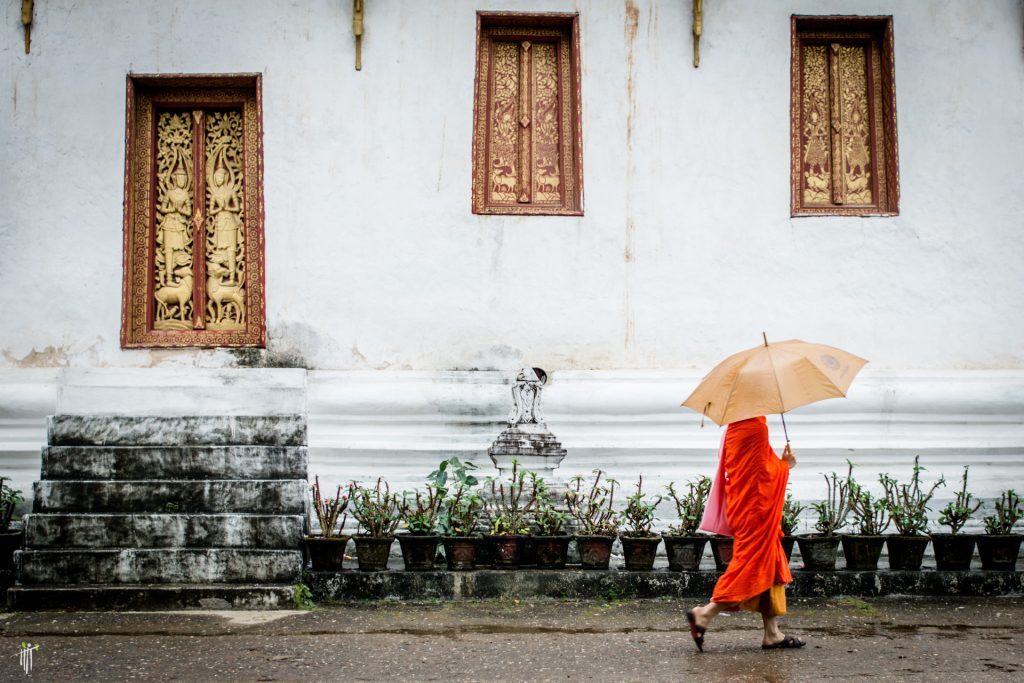Battered Asia Travel Sector Exits High Season to Regroup for Eventual Recovery

Skift Take
It’s likely to get worse before it gets better for the Asian tourism industry. But forward-thinking players will know to take advantage of the current downtime to meet the pent-up demand for travel once recovery comes — which may not be far off.
As major destinations in Asia come out of the traditional high season to enter into the shoulder months of March and May, tourism operators are concerned that the widening spread of the coronavirus worldwide could put a further damper on travel demand to the region, compounding woes for a sector already hard hit by massive cancellations since the crisis began in late January.
When outbound travel from China was severely crimped after the Chinese government discouraged its citizens from going abroad, the key international markets of Europe, India and the Middle East were still propping up business for some sections of hotels and tour operators in Asia.
But as the virus spreads into more than 76 locations and infected more than 90,000 people worldwide, there are worries that demand for Asia may soon evaporate as travel anxiety mounts in other parts of the world.
Get the Latest on Coronavirus and the Travel Industry on Skift's Liveblog
Surviving Lean times For Thailand, which is now exiting the high season that traditionally spans October through February, the next two months will be a critical time for the country’s tourism sector, particularly for smaller players that may not have enough financial reserves to wait out the damage of the virus outbreak. The “real test” will begin in March, said Douglas Martell, president and CEO at Onyx Hospitality Group, a Bangkok-based hotel management company with 52 propertie